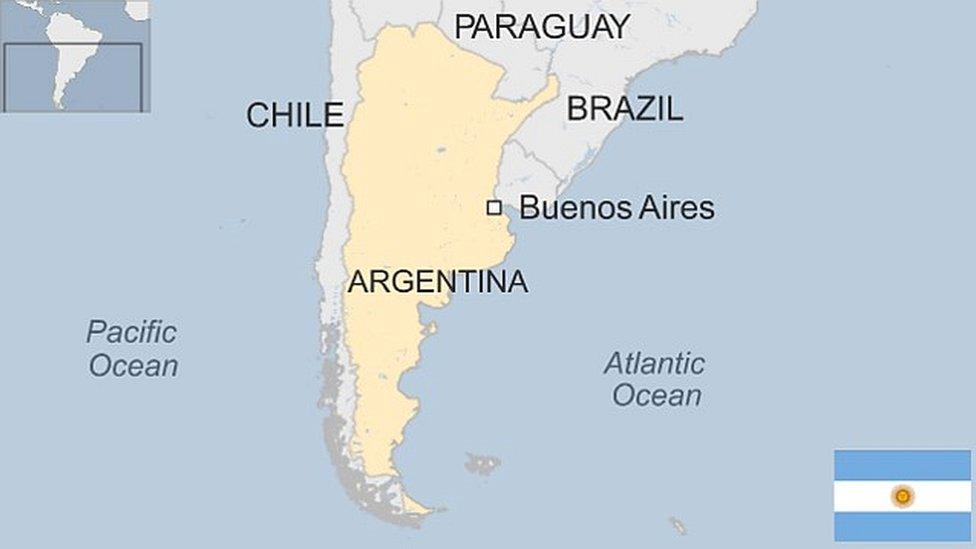Bolivia country profile
- Published
This page is no longer being updated. It was last updated on 7 February 2023
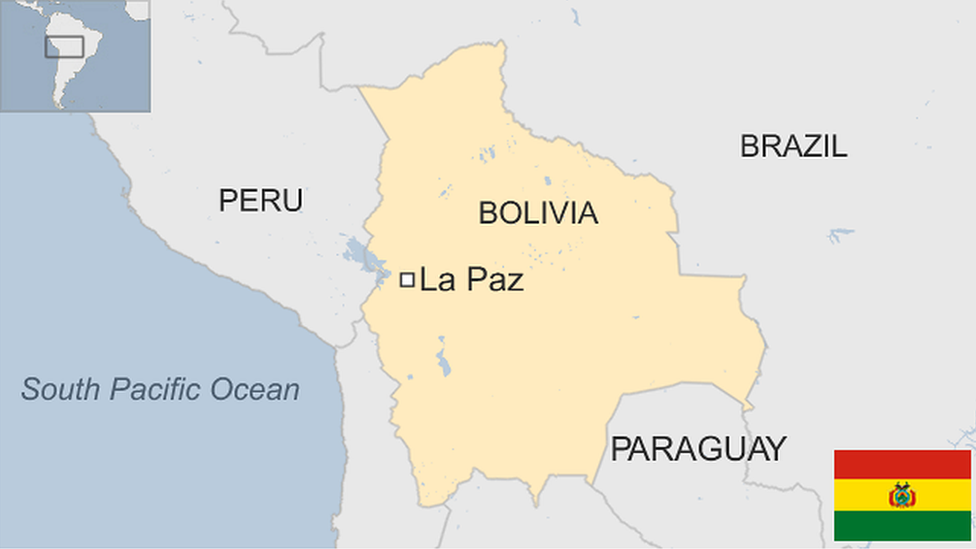
A country of extremes, landlocked Bolivia is the highest and most isolated country in South America.
It has the largest proportion of indigenous people, who make up around two-thirds of the population.
The country has the second-largest reserves of natural gas in South America, but there have been long-running tensions over the exploitation and export of the resource. Indigenous groups say the country should not relinquish control of the reserves, which they see as Bolivia's sole remaining natural resource.
Bolivia is also one of the world's largest producers of coca, the raw material for cocaine. A crop-eradication programme, though easing the flow of conditional US aid, has incensed many of Bolivia's poorest farmers for whom coca is often the only source of income.
Read more country profiles, external - Profiles by BBC Monitoring, external
PLURINATIONAL STATE OF BOLIVIA: FACTS
Capital: Sucre (constitutional and judicial) La Paz (administrative)
Area: 1,098,581 sq km
Population: 12 million
Languages: Spanish, plus Quechua, Aymara, Guaraní and others
Life expectancy: 71 years (men) 73 years (women)
LEADER
President: Luis Arce
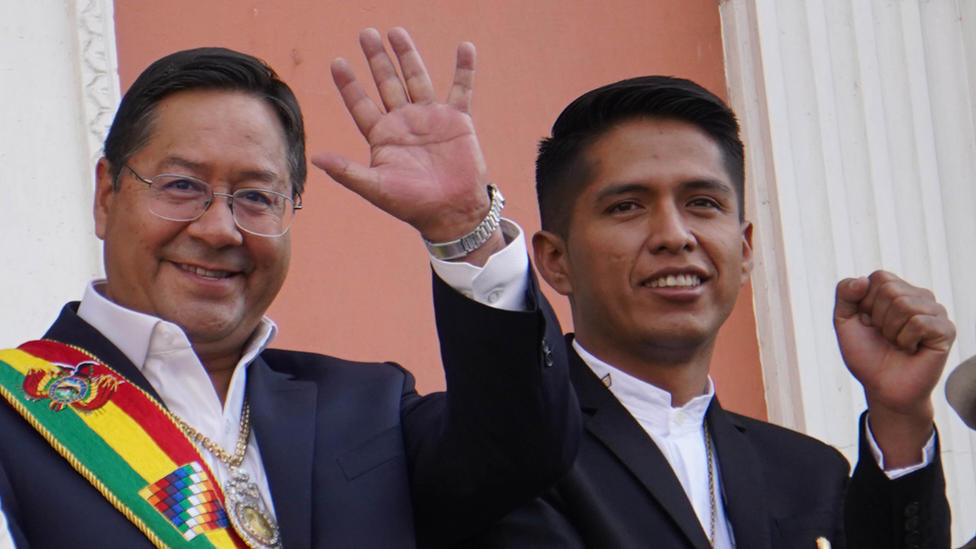
President Arce (left) took office in November 2020
Luis Arce won the October 2020 presidential election, returning the Mas socialist party to power after a 12-month interregnum.
Opposition senator Jeanine Áñez declared herself interim president in November 2019 after President Evo Morales resigned in the tumultuous wake of a disputed election.
His bid to win another term in office had led to street protests, and he resigned after the armed forces withdrew their support.
Mr Morales, the first president to come from the Bolivia's indigenous majority, carried out a radical programme after winning power in 2005, aimed at addressing extreme social divisions and inequalities.
Ms Áñez withdrew from the October 2020 presidential election, and President Arce, a colleague of Evo Morales, has pledged to form a government of national unity.
MEDIA
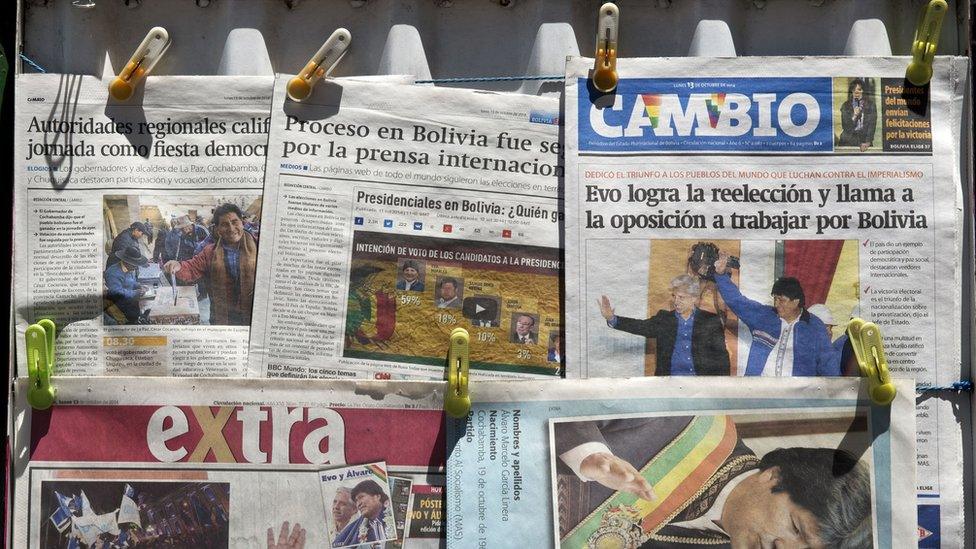
Bolivia's media landscape is dominated by private newspapers and broadcasters
With hundreds of stations, radio is important, especially in rural areas.
The authorities use legal, political and economic means to pressure independent media, says Freedom House.
TIMELINE
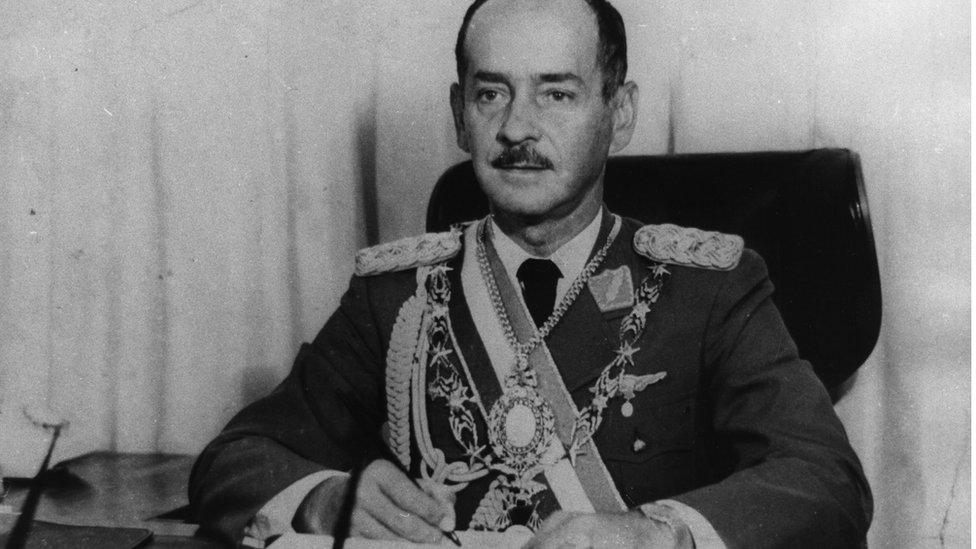
Hugo Banzer formed a notoriously brutal military regime after taking power in the 1970s. He returned to power via the ballot box in 1997
Some key dates in Bolivia's history:
1538 - Spanish conquer Bolivia, which becomes part of the vice-royalty of Peru.
1545 - Silver Mountain, or Cerro Rico, discovered at Potosi in the southwest, providing Spain with immense wealth.
1824 - Venezuelan freedom fighter Simon Bolivar, after whom Bolivia is named, liberates the country from Spanish rule. One year later, Bolivia becomes independent with Simon Bolivar as its president.
1836-39 - Bolivia enters into a federation with Peru, but the federation fails following Peru's defeat in war with Chile.
1879-84 - Bolivia becomes landlocked after losing mineral-rich, coastal territory in the Atacama to Chile in the War of the Pacific.
1903 - Bolivia loses the rubber-rich province of Acre to Brazil.
1920 - Rebellion by indigenous peoples.
1923 - Revolt by miners is violently suppressed.
1932-35 - Bolivia loses territory to Paraguay after it is defeated in the Chaco War.
1952 - Peasants and miners overthrow military regime; Victor Paz Estenssoro returns from exile to become president and introduces social and economic reforms, including universal suffrage, nationalisation of tin mines and land redistribution, and improves education and the status of indigenous peoples.
1964 - Vice-President Rene Barrientos stages military coup, ushering in a period of political unrest punctuated by uprisings and military coups.
1967 - US helps suppress peasant uprising led by Ernesto "Che" Guevara, who is killed
1971 - Col Hugo Banzer Suarez comes to power after staging military coup.
1980 - General Luis Garcia stages coup after inconclusive elections.
1982 - Military junta hands over power to civilian administration.
1986 - Thousands of miners lose their jobs following the collapse of the tin market.
1989 - Leftist Jaime Paz Zamora becomes president and enters power-sharing pact with former dictator Hugo Banzer.
2005 - Socialist leader Evo Morales wins presidential elections, becoming the first indigenous Bolivian to fill the post.
2006 - Bolivia completes its gas nationalisation programme, giving the state control over the operations of foreign energy firms.
2009 - New constitution giving greater rights to indigenous majority is approved in a national referendum.
2012 - Bolivia temporarily leaves UN Conventions on Narcotics in protest against classifying coca as an illegal drug, signs an agreement with US and Brazil to reduce illegal cocaine production.
2014 - Bolivia submits documents to the United Nations in support of its claim seeking to regain access to the sea from Chile.
2020 - Mas socialist party returns to power after year-long constitutional crisis.

At an altitude of 3,650m, La Paz is the highest capital city in the world
Related topics
- Published11 December 2023
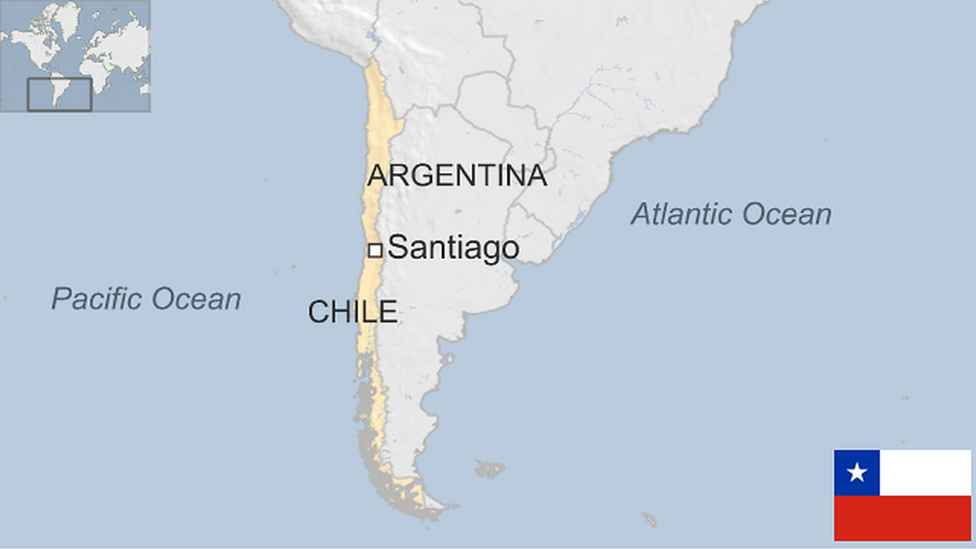
- Published4 September 2023
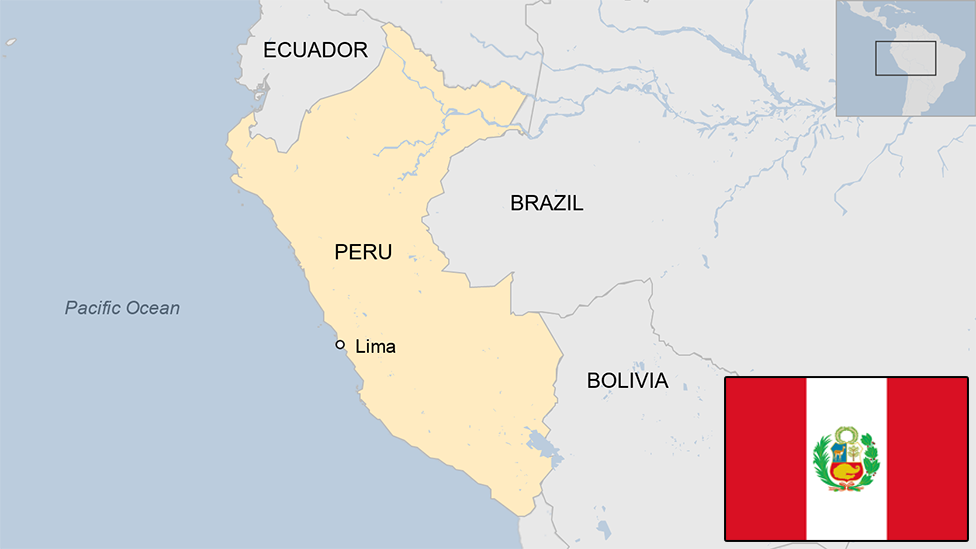
- Published2 June 2023
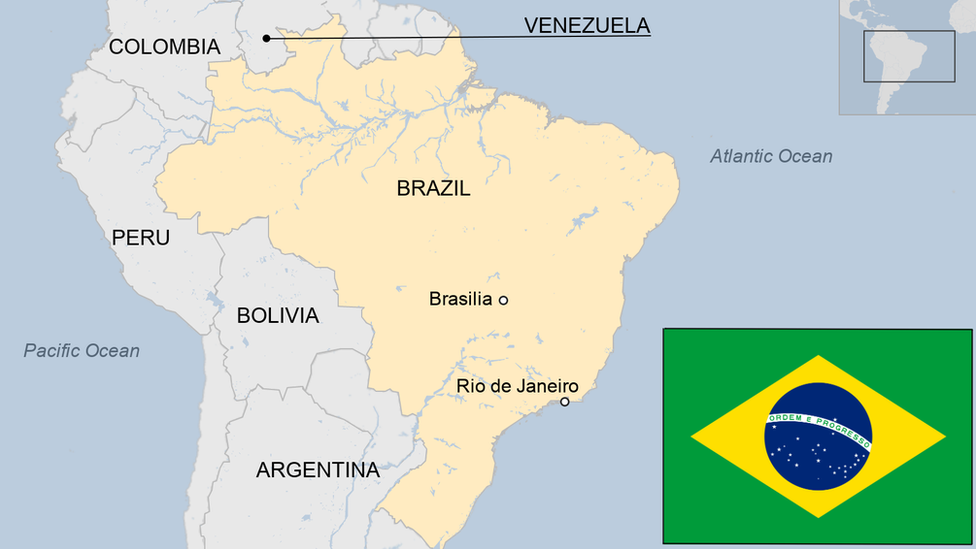
- Published22 August 2023

- Published8 January 2024
